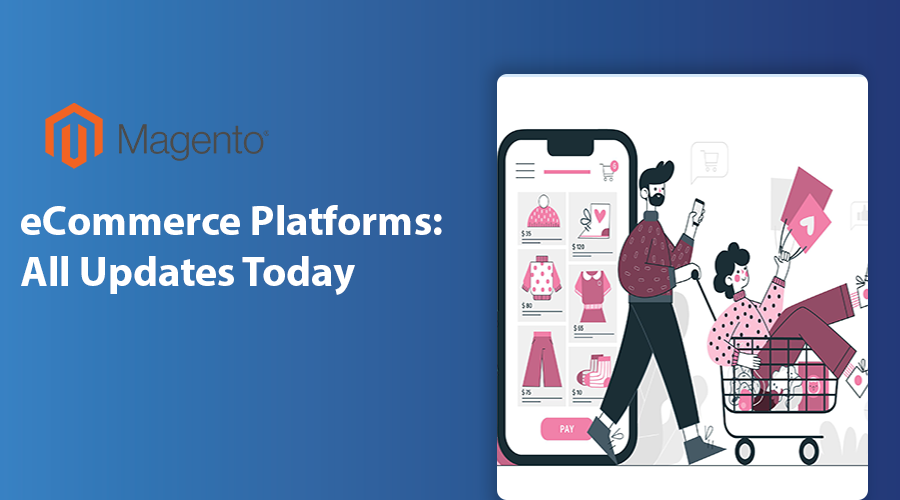
At present, anyone has one buyer account to purchase goods on the internet. The online trading method is done in the entity called the e-commerce platform. Surely, you hear this term daily in recent years. But how much do you know about e-commerce platforms and how they will develop in the future? Please stay here to read more of the following article to find the answer.
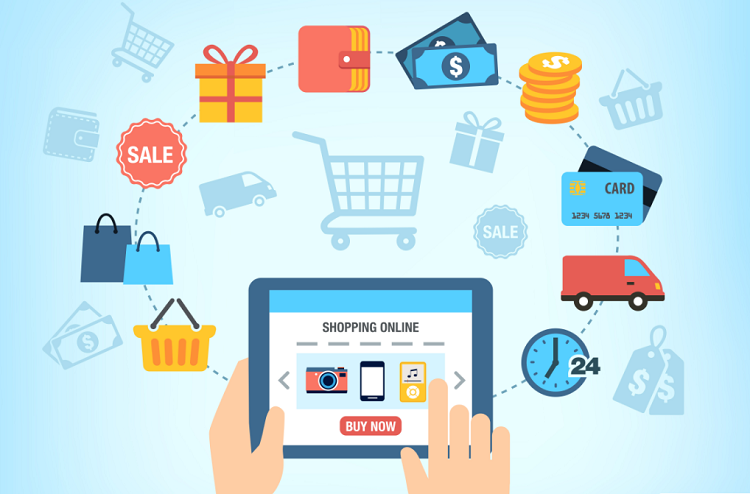
Table of Contents
I. What is e-commerce platform?
An e-commerce platform is a software application where sellers and buyers come and trade commodities. The way to trade is similar to traditional selling and buying, but all actions on e-commerce platforms are done through the online method.
The development of information technology and the internet in the last century has led the giving birth e-commerce platform, or online market, where everyone can access to look for, introduce, sell and buy what they need. The platform is not only for retailers but also for wholesalers. The e-commerce platform shows its outstanding flexibility, huge volume, and more convenient transaction much more rather than traditional trade.
II. Types of e-commerce platforms
Maybe you are familiar with Magento, BigCommerce, or Shopify. They are all famous e-commerce platforms. But do you know what kind of platform they belong to?
E-commerce platforms are classified into 3 main types: SaaS (software-as-a-service) platform, PaaS (platform-as-a-service) and on-premises platform. There, SaaS and PaaS both drive e-commerce solutions via the internet. Meanwhile, on-premise ones are hosted locally by retailers and operated by IT staff, enabling a retailer to have more control over its online site and create a custom storefront solution.
- PaaS is the hardware and software tool exploitable over the internet. Heroku, Windows Azure, Force.com, OpenShift, Apache Stratos, and Magento Commerce Cloud are typical examples of PaaS.
- SaaS is the software that’s accessible through a third party over the internet. Magento, BigCommerce, Google Apps, Salesforce, Dropbox, MailChimp, ZenDesk, and DocuSign are listed in SaaS platforms.
- On-premise is the software that’s installed in the same building as your online store. We can point out several brands in on-premise solutions, including AWS EC2, Rackspace, Google Compute Engine, Digital Ocean, and Magento 1 Enterprise Edition.
III. Most popular e-commerce platforms
Some of the most popular e-commerce platforms in the market today are Shopify, BigCommerce, Magento, WooCommerce, Wix, Big Cartel, Squarespace, Salesforce Commerce Cloud, and Volusion.
- Magento is an open-source coding platform with built-in PHP, enabling the creation of e-commerce websites. It was launched in 2008, by Varien and developed on Zend Framework. Nowadays, it has been improved to become one of the most popular e-commerce platforms.
- Shopify is an e-commerce platform that you can use to build your store both online and offline, permitting you to sell both online with your website and/or in-person with Shopify POS.
- BigCommerce is an online shop creator which aids you to do everything yourself, including adding products, uploading photos, processing orders, creating pages, set-up discount coupons, and so on.
- WooCommerce is e-commerce that allows to creation and drive of an online shop simply, with flexibility and vital features for more convenience, such as inventory and tax management, secure payments, and shipping integration.
- Wix is a cloud-based website builder that includes web hosting and design services, helping users to build their site without either having specialist skills themselves or having to hire web developers.
- Big Cartel is popularly used for painters, photographers, crafters, bakers, authors, and other creative types. It is a web-based, hosted e-commerce software. Big Cartel is regarded to be a tool with the simplicity of design and ease of use.
- Squarespace is the easiest tool to build an e-commerce website, just only in a little time. It can complete things with checkout tools, a custom domain name, and even SSL certificate protection, without any coding knowledge.
- Salesforce Commerce Cloud is the B2C and B2B commerce solution. This is an intelligent and helpful tool due to its cloud-based and multi-tenant features, empowering brands to create buying experiences across all channels.
- Volusion is a completed e-commerce website development tool, that is suitable for personal or small-business stores. It offers web design, marketing, and business tools.
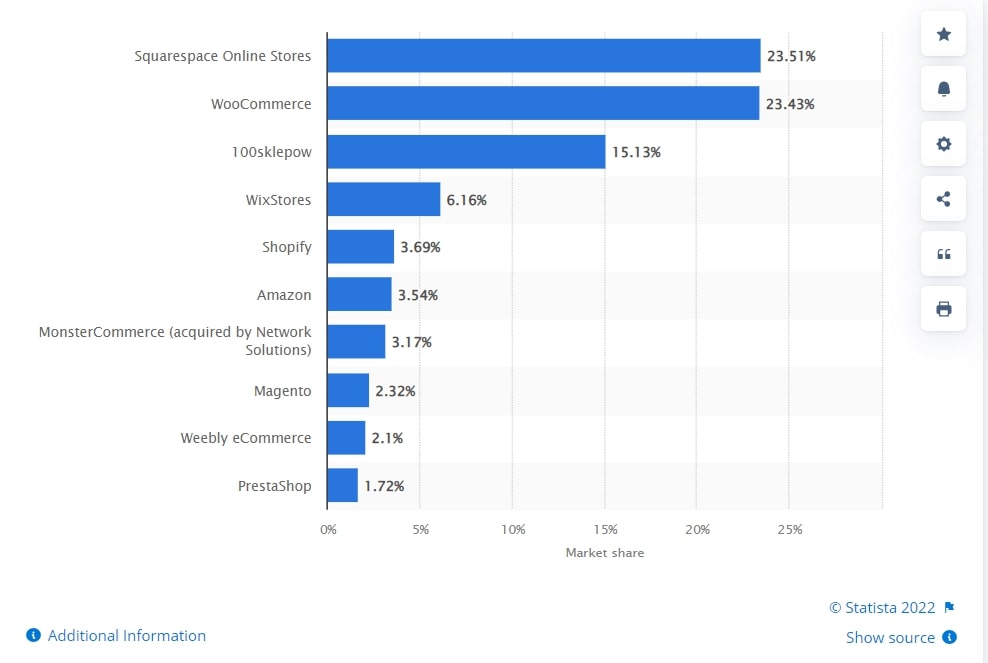
Source: Statista
According to Statista, Squarespace Online Stores was the worldwide leading e-commerce platform in 2021, with a market share of 23.51%. Just behind 0.08% is WooCommerce with 23.43%. And third is 100sklepow with the share of 15.13%.
The rest of the industry is dominated by platforms like BigCommerce, Shopify, Wix, Magento, and others.
IV. Current trend of e-commerce platform
Undergoing 4 years of covid-19 pandemic impact, traditional trade has become down sharply. And human beings have changed their way to buy and sell goods. And now almost all people have at least one online buyer account in a certain online store.
Alibaba is the leader in B2B platform, meanwhile, Amazon still keeps its no.1 in B2C trading. The rapid development of e-commerce platforms in Asia-Pacific is regardable. Series of B2B, B2C platforms have been given birth in only several years, especially during the covid-19 pandemic.
In 2022 and the near future, there will be 5 trends that dominate the international e-commerce market. Let’s go ahead to point out what they are.
4.1. Video shopping
The feature of an e-commerce website is its indirect trade method. Therefore, only high-resolution photos and detailed descriptions are not enough to convince customers. Livestream or video shopping has become the better way to show the products, the production lines, the showrooms, or the shops. Through visual video, the sellers can get the trust of their customers, Through visual video, the sellers can get the trust of their customers, especially with tools like an AI talking avatar that can engage customers and provide personalized product information.

In China, 37% of online shoppers purchased through video shopping, accounting for $74 billion in sales during Singles Day alone. Moreover, Bloomberg has estimated that about 20% of all digital shopping in China will be done via video.
It’s easy to find that almost all the online stores has contained at least one short video for each product and service. And Customers always watch that video, accompanied by referring the others’ recommendations before deciding to buy goods.
4.2. Viral experience
As we know, customers only decide to purchase products and services when they find their suitable benefits. So how do help they can experience the benefits from a distance? The development of Industry 4.0 has enabled the business to create a viral space where visitors can access and take a tour of the online showroom. In this online market, customers can see how the products and services benefit them. Then they can consider buying or not buying the goods.
Viral space is now popular in business. And it is suitable for online exhibitions or online showrooms where companies can introduce and advertise their brands and factories. With regards to the medium and small online stores, this type is still expensive.
4.3. Totally online payment
Currently, there are 2 typical payment methods, cash on delivery and online payment transaction in advance. Actually, in the early period of e-commerce, customers preferred paying in cash right after receiving goods and checking the good’s status. This method is popular in developing countries or in the region with a deficiency of online payments or if the customers do not want to pay in advance without enough trust in the online shop.
However, in the future, with the legal control on e-commerce markets that can ensure the authenticity, quality, and reliability of digital shopping, the payment will tend to be done in online method, even in advance.
4.4. Governmental involvement in controlling online trade
It’s shown that there were many cheats and fake products sold widely in the digital markets. Customers who lack knowledge of products and brands are easily buying fake or less qualified goods. Furthermore, the cheating to steal money from seller and buyer accounts has been more and more sophisticating. Thus, the role of authorized agencies is very important to inhibit these problems. Customers need individual information security and all their transaction on the internet. Sellers demand security for their stores without any illegal access to hack their accounts and do cheat their customers.
A similar issue has challenged the owners of e-commerce platforms. They shall pay attention to developing internet security to protect their users. If not, their platform will be removed in the harshly competitive environment.
4.5. Authentic commodities will be preferred
The less qualified or fake products are now boycotted strongly. The authentic goods will be protected and disseminated widely to everyone. Customers are willing to pay more to own authentic products that give them real benefits. The online stores that sell authentic goods also find a way to persuade customers by showing the difference between fake and authentic goods. And the e-commerce platform will remove the false stores if they are received feedback from customers. These are the way to defend the legal trading activities in the digital space.
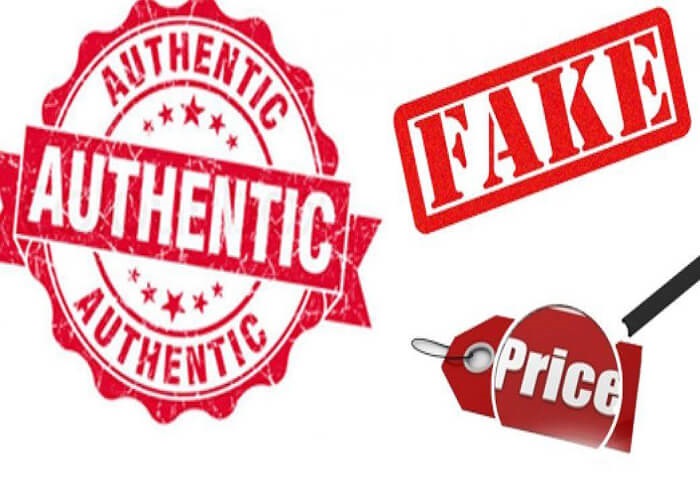
IV. Forecast on e-commerce platform development by 2030
The global e-commerce market gained $1,808.5 billion in 2019 and $2,405.3 billion in 2020. It is expected to reach $66,932.1 billion by 2030, growing by 13.5% annually over 2020-2030. Statistically, in the year 2020, Asia-Pacific and North America lead the regional total retail e-commerce sales, accounting for 42.3% and 22.9%, respectively. Particularly, China is dominant with a growth rate of 62.5% of all digital sales in the Asia-Pacific region. Meanwhile, European e-commerce growth reached 12.7% in the same year. An E-commerce platform is expected to develop faster in near future. By 2030, it might be at saturation status and 80% of people in the world sell and buy via the internet. Among them, B2C will take the highest percentage.
The current leaders in B2B, B2C such as Alibaba and Amazon might encounter a severe struggle from lower-ranking platforms. They will be able to keep their no.1 position or not, no one can predict their future. The B2C platforms like Rakuten Ichiba in Japan, and Gmarket in Korea will face the same problem.

By 2030, the e-commerce platform might change a lot in its ways to approach the end-users. And of course, the payment method will turn to total online payment. Maybe the other trading types will be created depending on the changes in the economy and society.
V. Who is the leading e-commerce platform in Vietnam?
Statistically, there are 4 leading e-commerce platforms in Vietnam. They are Magento, Shopify, WooCommerce, and Haravan Among them, Magento has emerged to be as the leader recently. A Series of online stores have used it to build their shops. Moreover, web developers prefer choosing Magento for their career path. Magento is evaluated to be harder than the others. However, it is open-source, allowing coders can add many extensions as desired. Another priceable point of Magento is its security, and flexibility for both B2C and B2B websites.
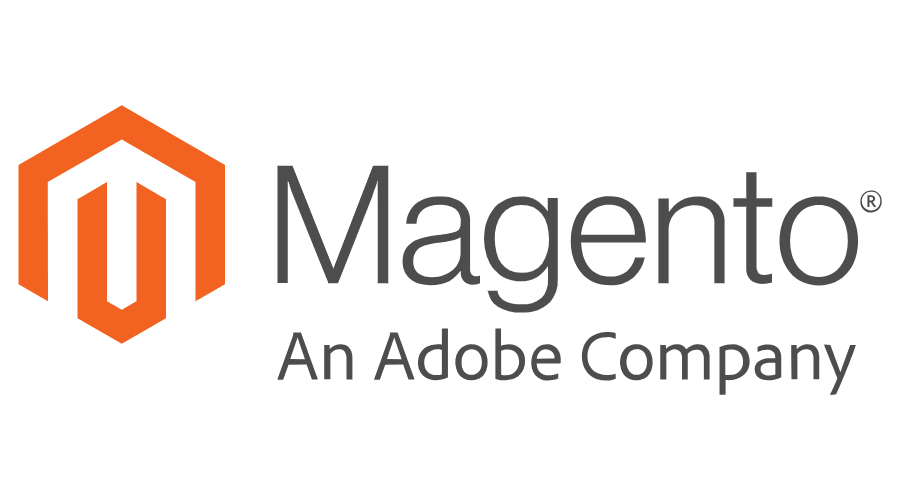
People also search:
- e-commerce platforms list
- e-commerce platform examples
- Best eCommerce platform 2021
- Top eCommerce platforms
- Best eCommerce platform for startups
- Types of eCommerce platforms
- An eCommerce platform is looking for a more efficient
- Best eCommerce platform for dropshipping
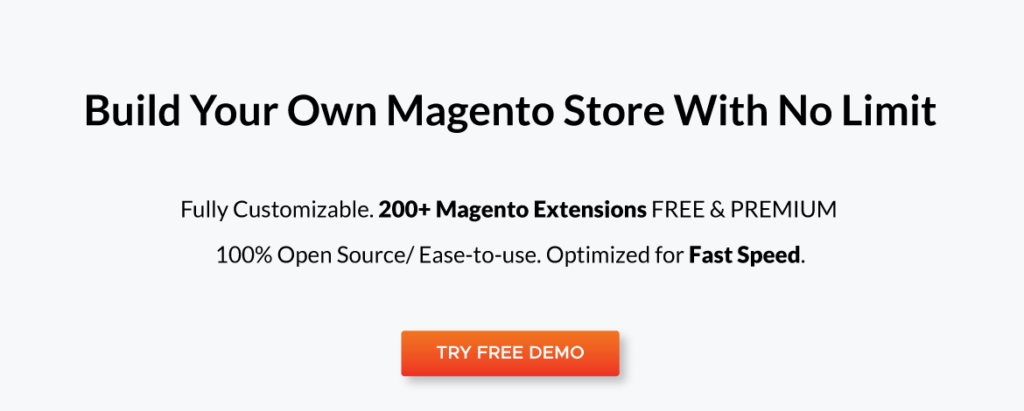











![[SALE OFF] Discount 30% All Premium Extensions On Christmas And New Year 2025 christmas-and-new-year-2025](https://landofcoder.b-cdn.net/wp-content/uploads/2024/12/christmas-and-new-year-2025-1-218x150.png)






